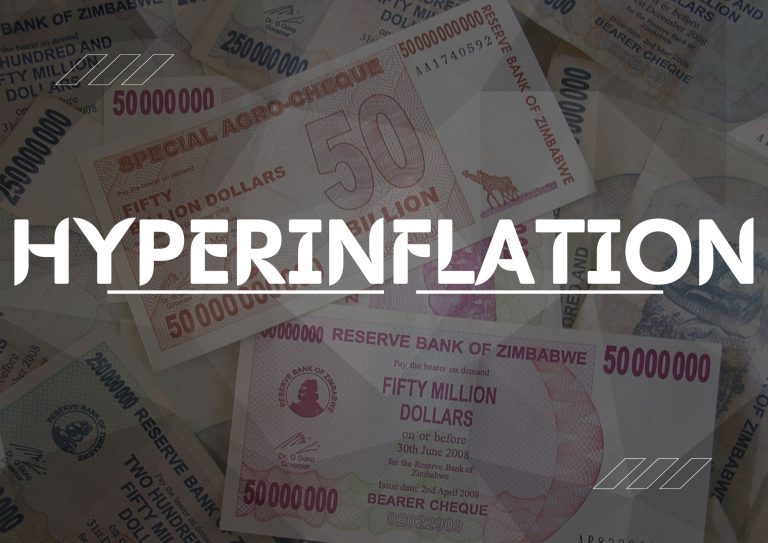Hyperinflation is a situation of very high, fast, and uncontrolled increases in the prices of goods and services in the economy. It is an extreme case of inflation. It means the inflation rate is above 50% per month. For example, consider an item that costs Ksh.100 in January. Since 50% of Ksh.100 is Ksh.50, that item would cost Ksh.150 in February. Again, since 50% of Ksh. 150 is Ksh. 75, the same item would cost Ksh. 225 in March. This is what a 50% monthly inflation rate means. With this trend, a good priced at Ksh.100 in January could to rise to about Ksh.13,000 in January of the following year. In such scenarios, prices for essential items might go up every day or week. Such surges in prices greatly affecting how much consumers have to spend on basic needs.
Inflation’s Impact on Daily Life
In the good old days, when the gold standard was the norm, it was common practice that only the husband worked. The wife stayed back home to raise the family. But due to inflation in the 1970s, the wife also began to have to work. This left households with no choice but to have two incomes to afford the same standard of living. In most cases, by 1990, the working population was unable to save. They could not compete with prices, which were constantly increasing. Eventually, they had to start borrowing money just to make ends meet. This resulted in the average person accumulating significant debt. At first, borrowing money was to help people live a comfortable life, but later, it became necessary for survival.
People no longer save. The reason is that when you store your money in a fiat currency such as the US dollar, it loses its value over time. When you stare at your savings, you will figure out that every day your money won’t be enough to buy as many things as it used to.
What leads to hyperinflation?
Hyperinflation is not a common occurrence. Wars, natural catastrophes, or political wrongdoings like corruption usually trigger hyperinflation. However, the causes of hyperinflation typically stem from two primary factors: an increasing currency supply and demand-pull inflation.
1. Oversupply of currency
Central banks typically regulate how much currency is in circulation. They increase the money supply at times when it becomes necessary, such as during periods of deflation. The aim here is to encourage banks to extend more credit and encourage borrowers to borrow and spend more money. Nevertheless, the money supply in the economy must match the economic growth itself, which is usually measured by gross domestic product (GDP). When the economy stagnates, businesses are compelled to increase their prices. To earn more and continue their operations, they have to do so.
As consumers have more money, they step up their demand for goods and services. This move raises the prices. and contributes to inflation. On the other hand, when economic growth slows down or declines and inflation remains high, businesses start raising prices even more, consumers start spending more, and the central bank releases more currency into the economy. This cycle results in escalating inflation rates, eventually causing hyperinflation.
2. Demand-Pull Inflation
Demand-pull inflation is a situation where there is more demand than there is supply of goods and services. This leads to the prices being pushed up rapidly. This happens as there aren’t sufficient products to quench the demand from both consumers and businesses.
Warning signs of hyperinflation
A fast rise in inflation: An unexpected and considerable rise in inflation, particularly without genuine economic growth, can be a sign of the approach of hyperinflation. Such circumstances can negatively impact a country’s productivity, making it harder for the government to generate income from taxes.
Huge debts: Large amounts of debt present the country with lots of problems (especially if they are foreign currencies). When the exchange rate is low, it can make it worse for the country’s financial problems, so it struggles to repay the loans.
A steadily decreasing exchange rate: This phenomenon can cause the value of foreign currency debt to rise rapidly. It becomes hard to service it.
Difficulties in borrowing: Here, the state encounters problems in borrowing. It now suffers from exploding debt, falling exchange rates, economic instability, and insufficient tax collection to finance expenditures.
Printing currency: Thus, the government starts printing more currency to finance its expenses. This action leads to a rapid growth in the money supply. In some situations, the money supply expands without a corresponding rise in real economic production.
Loss of confidence in government: Government distrust grows due to the swift increase in money supply. This leads to currency devaluation and insurmountable debts. The public begins to doubt the government’s ability to handle economic and fiscal issues, as well as the stability of the domestic currency. Such distrust can lead to hyperinflation.
Effects of Hyperinflation
- People will invest in things like equipment, jewelry, and machinery to protect themselves from paying more for similar items in the future because of hyperinflation. Once hyperinflation drags on for a long time, people begin hoarding perishable things.
- People might start stockpiling items like food. As a result, there could be a shortage of food supplies.
- However, this habit leads to a dangerous pattern. People tend to purchase ahead of time when they expect prices to rise. As a result, the greater demand results in still higher prices. Hyperinflation leads to a huge economic disaster if it is unchecked.
- Countries experiencing hyperinflation often witness their central banks issuing higher-denomination banknotes as smaller ones are no longer valuable. This can result in the issuance of incredibly large banknotes, some with a value of about $1 billion or more.
- The hyperinflation causes the local currency to lose value at a rapid speed. Therefore, the majority of people shift to using more stable foreign currencies as a means of payment.
- Severe hyperinflation may lead to the economy of the country turning to a barter system. In such a case, goods are exchanged directly and the currency is abolished. This situation can significantly affect businesses’ confidence in the economy. This may affect the financial system if banks start to be afraid to issue loans too.
- Apart from that, people can simply stop using banks, which results in the closure of these financial institutions. If people can’t make payments, either as customers or businesses, then there is a decrease in income from taxes. This could lead to governments being unable to offer necessary services.
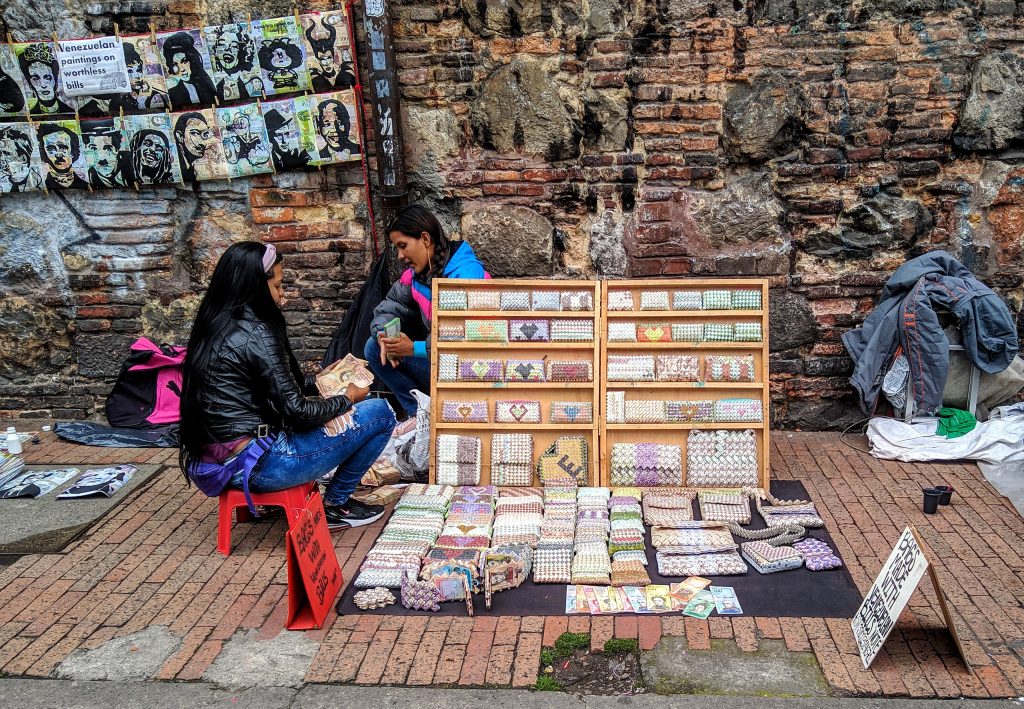
What would happen if the US dollar experienced hyperinflation?
If hyperinflation strikes the global currency, it could lead to drastic problems for currencies anywhere. In the case of US dollar hyperinflation, there might appear to be a global crisis. This is due to the massive number of currencies basing themselves on the US dollar for their reserves.
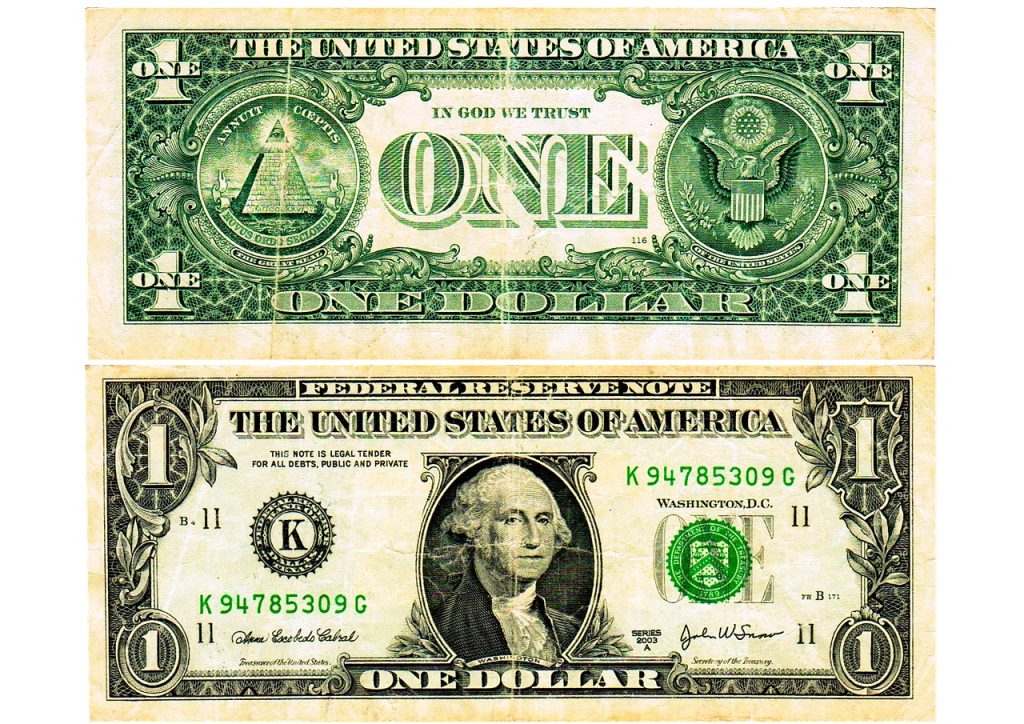
Countries that have had hyperinflation
A total of 40 countries around the world have gone through hyperinflation. Angola, Austria, Argentina, Armenia, Azerbaijan, Belarus, Bolivia, Bosnia and Herzegovina, Bulgaria, Brazil, China, Chile, the Democratic Republic of Congo, Estonia, France, the Free City of Danzig, Georgia, Germany, Greece, Hungary, Kazakhstan, Kyrgyzstan, Latvia, and Lithuania, Moldova, Nicaragua, Peru, the Philippines, Poland, Republika Srpska, Russia, Taiwan, Tajikistan, Turkmenistan, Ukraine, Uzbekistan, Venezuela, Yugoslavia, Zaire, and Zimbabwe are all included in the list.
- In late 1923, when Germany’s Weimer Republic was combating hyperinflation, they printed banknotes and stamps with astonishingly high values. The most valuable banknote issued was worth 100 trillion marks. At one point, the exchange rate was one US dollar to 4 trillion German marks.
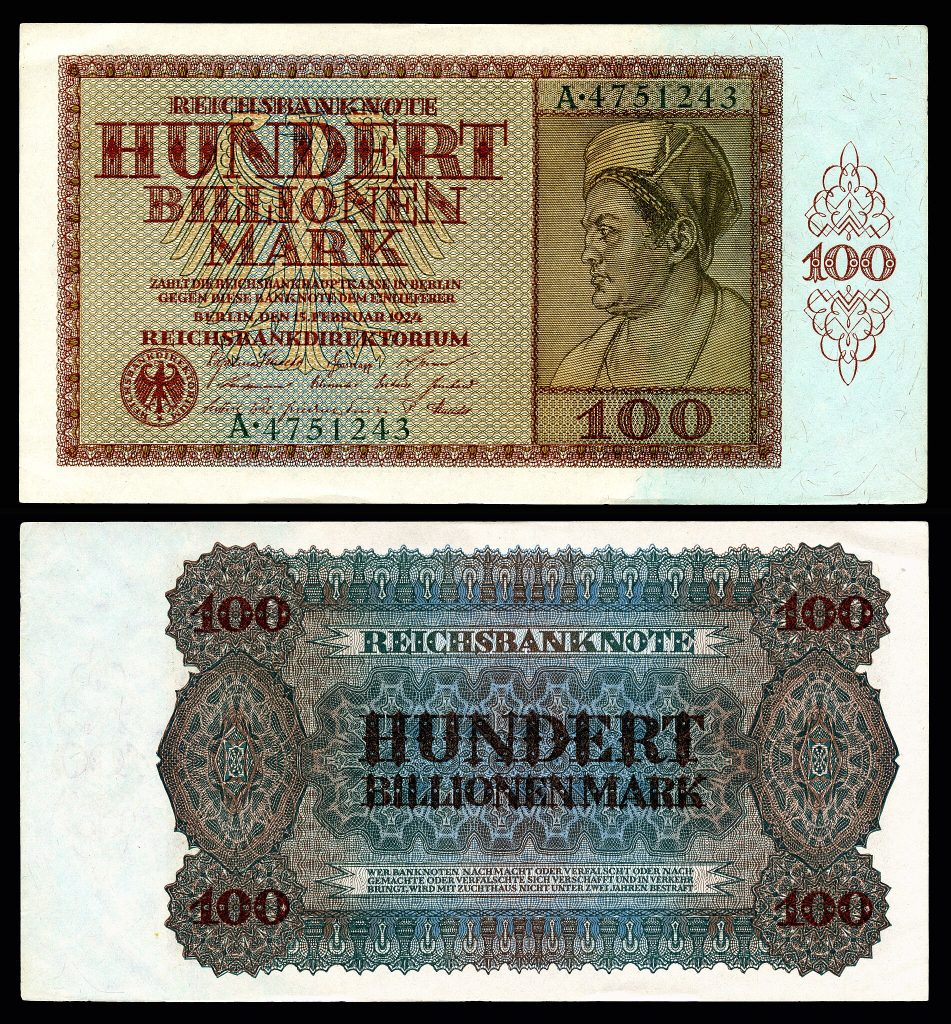
- In 1946, the Hungarian National Bank issued the largest banknote ever circulated. It had a value of 100 quintillion pengő (100,000,000,000,000,000,000; 100 million million million). Initially, the note was worth about US$0.20.
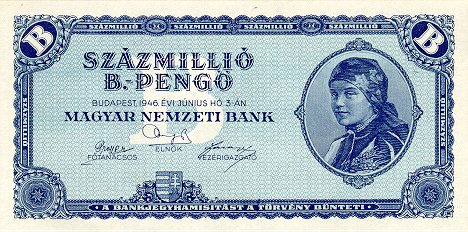
- In July 1946, after World War II, Hungary endured the harshest inflationary conditions, with prices doubling every 15.3 hours. This inflation rate of 41.9 quadrillion percent (41,900,000,000,000,000%) was the highest ever recorded.
- On November 14, 2008, Zimbabwe’s annual inflation rate was estimated at 89.7 sextillion percent (89,700,000,000,000,000,000,000%). The highest monthly inflation rate during that period was 79.6 billion percent (79,600,000,000%). The currency’s value was doubling every 24.7 hours.
- Hyperinflation in Zimbabwe became uncontrollable, leading people to use foreign currencies like the Botswana pula, the South African rand, or the United States dollar for transactions instead of the Zimbabwean dollar.
What can be done to control or stop hyperinflation?
Controlling or stopping hyperinflation requires a comprehensive approach. The country would have to start from scratch by establishing an efficient, trustworthy financial transaction system.
The nation should create a new currency. The new currency should be linked to a benchmark like gold or a strong foreign currency such as the U.S. dollar. The pegging ensures that the new currency functions in a stable manner. With the adoption of a new unit of measure or standard, the government is not allowed to print more currency than it should, which will control government spending. In doing so, it also reassures the population that the administration has control over its expenditure, which might attract foreign investors.
The new currency should be viewed as a reliable alternative to the current currency. People would need to trust that the government wouldn’t repeat the same mistakes as before. On some occasions, a new government may be required if a new currency is to be successful and gain the trust of foreign investors.
When a nation creates and relies on a trustworthy currency, it can then enhance its quality of life by effectively utilizing its resources.
How can you guard against hyperinflation?
Guarding against hyperinflation involves investing your currency in stable foreign economies, as hyperinflation typically causes a rapid devaluation of domestic currency. You may want to think about buying foreign stocks, investing in foreign real estate, or acquiring gold. Gold, with its capacity to store value and function as a global currency, can serve as an effective means of exchange.
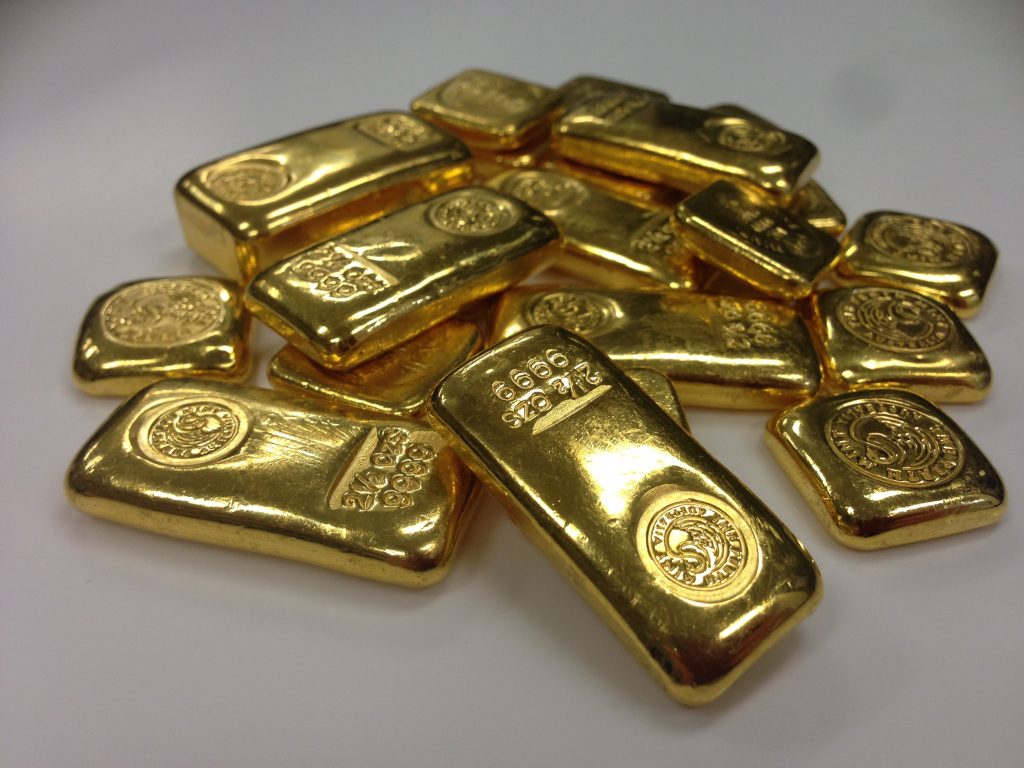
Simply put, people who have assets to invest should consider transferring them out of a currency that is rapidly losing value as soon as possible to preserve their worth.
Conclusion
Hyperinflation is the fastest increase in the general price level of the economy, which happens frequently when inflation goes through the ceiling—frequently more than 50% during one month. It could, therefore, induce severe economic challenges, such as a sharp decline in the value of the currency and a fall in purchasing power. The outcome of hyperinflation could be the switch to a barter system, a shortage of essential goods, and a major economic crunch.
To handle the issue of hyperinflation, it is vital to build up a reliable financial system, establish a currency that is pegged to an asset like gold or a strong foreign currency, and earn the trust of international investors. One of the methods of avoiding hyperinflation is to financially invest in strong, stable economies around the world. This can be done through the purchase of foreign stocks and real estate or the investment in gold. Therefore, it is extremely essential to take precautions to protect against the harmful consequences of hyperinflation on individuals and the economy.


